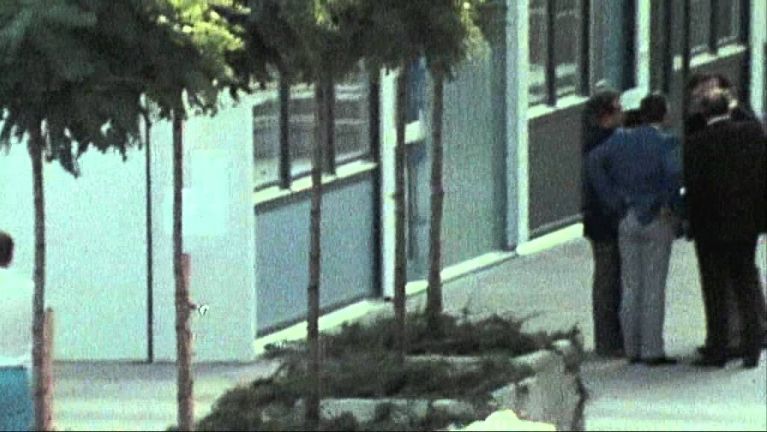“An incision that changed everything”
A special memorial is opening to coincide with the 45th anniversary of the Munich Olympic massacre. Open and accessible for everyone, it is intended to remind and touch people.
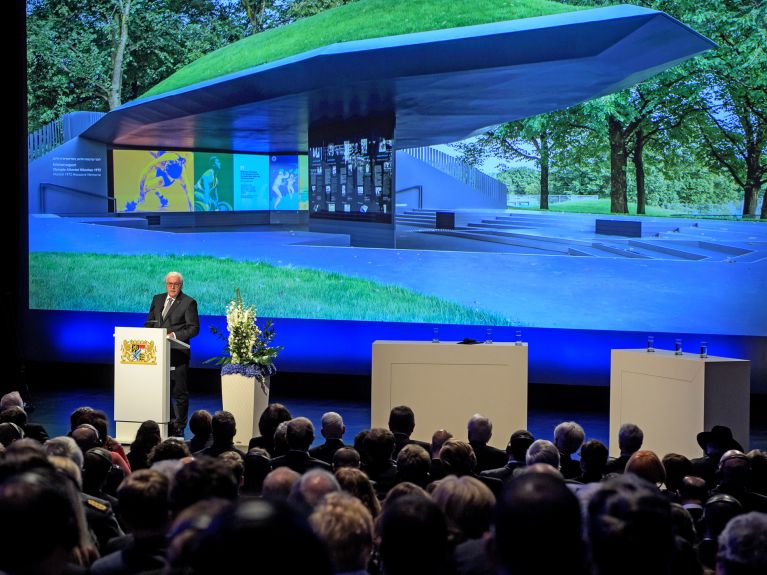
Germany. A sharp incision in the mounds marks the loss and is a symbol of the events of 5 September 1972: The new place of remembrance for the victims of the massacre during the 1972 Olympic Games is in the Olympic Park in Munich. Eleven Israeli athletes and a German policeman died. Many regard the massacre by the Palestinian terrorist organisation “Black September” as the beginning of international terrorism. It was the first terrorist attack to become a global media event followed live on TV screens all over the world. A lot of time and effort went into deciding the appropriate form the memorial should take. The President of Israel Reuven Rivlin, German Federal President Frank-Walter Steinmeier, and relatives of the victims will attended the opening of the monument and documentation centre on 6 September in Munich.
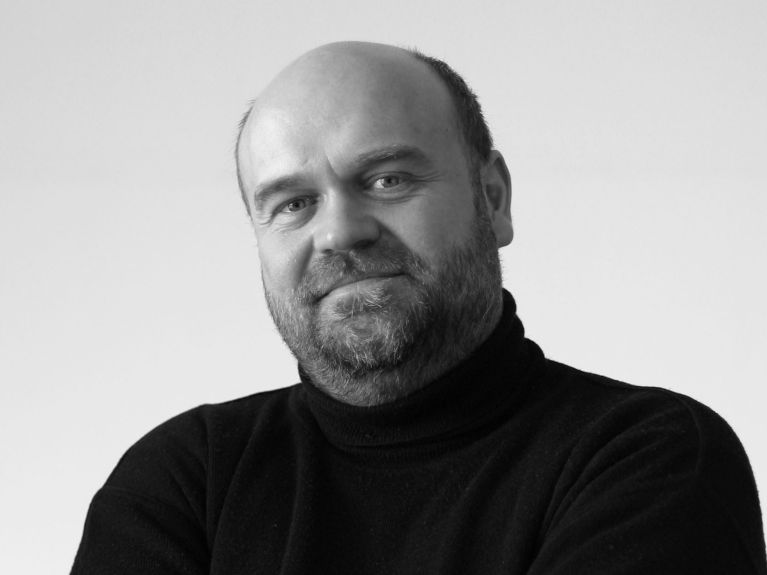
For Peter Brückner, the architect of the place of remembrance, the assignment was also an intensive search for traces of the past.
Mr. Brückner, you were ten years old when on 5 September 1972 Palestinian terrorists attacked athletes of the Israeli Olympic team in Munich, taking 11 hostages. They murdered two on the spot. Later, the rescue attempt by the German authorities failed, too, and a further nine hostages plus a Bavarian policeman died. Do you actually remember the events?
Very well in fact. At the time, I had recently started doing athletics and was following the Games closely. I saw the images of the attack and it’s something I’ll never forget. Which is why I was quickly able to come up with the basic idea for the place of remembrance: A deep incision, which changed the lives of the athletes and everyone who was there for ever.
Dieses YouTube-Video kann in einem neuen Tab abgespielt werden
YouTube öffnenThird party content
We use YouTube to embed content that may collect data about your activity. Please review the details and accept the service to see this content.
Open consent formWhere is the monument?
Right in the middle of this beautiful park, which was created for the Olympic Games. In one of the mounds designed by the architect Günter Behnisch we built a walk-in space, which is open and accessible from all sides. Tourists, joggers and families will pass by and take note. That was important to us. We wanted the monument to be visible, with the other sites of the attack in sight. It was a major struggle!
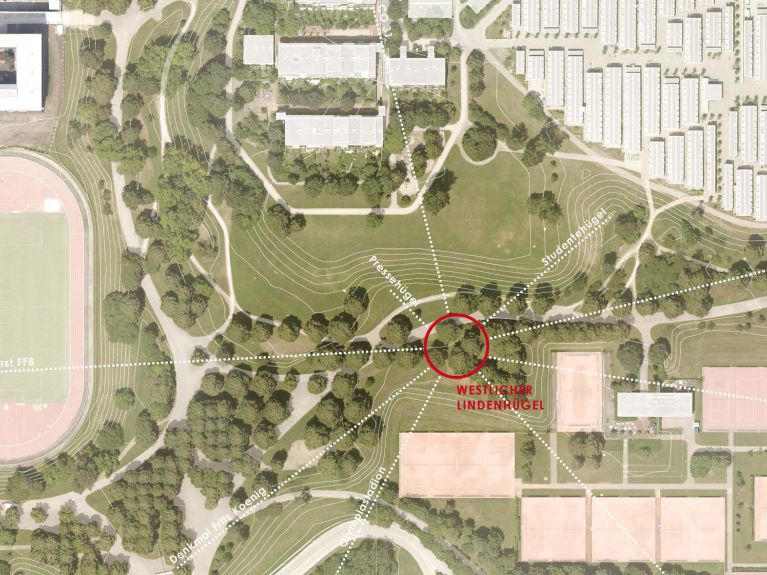
Your team has created a small documentation centre. What was the challenge behind it?
In the middle you have the victims, the focus is on their biographies, illuminated brightly from inside and clearly visible from afar. We showcase images we chose in close consultation with the relatives, and which are very personal. Piritta Kleiner, th project curator, went to Israel several times and came across a whole host of things we could use! One photo is of the murdered weight lifter Yossef Romano, holding his small daughter on his outstretched arm. Another is of the Games’ mascot Waldi, which the fencing trainer André Spitzer had bought for his child. He was unable to give it to him. Visitors can read about the lives of the victims and their families. The massacre is also put in a greater political and historical context – from German-Israeli relations and the basic structures of international terrorism, to the political dimension of the Olympics. That was complex.
We had an incredible amount of authentic material available.
How did you solve it?
We had an incredible amount of authentic material available. Police records, media reports, audio recordings – I’ve never come across anything like it. In the middle, there is an image loop, showing how the attack unfolds in a continuous, multi-lingual projection, which motivates visitors to follow the course of events.
That’s a lot of material!
You need time, an event like this is not something you can deal with in a clip. In between visitors can sit down, take a break, and allow the effect the 360° view which the incision affords to sink in. The presentation level is embedded in the ground on terraced steps. It was important for us to create a protected space – a vessel for remembrance and the people involved. The floor and the steel roof are coated in anthracite grey. There is a certain sense of darkness, with the changing seasons the light is reflected on the slightly velvety-matt surface.
The place of remembrance is accessible at all times, day and night. Didn’t you have any concerns about security?
We certainly gave it some thought. The screens are all behind safety glass, but nothing is totally vandalism-proof. But that mustn’t mean that as a result, things like this can no longer be shown in public.
Was this assignment something special for you?
Every project has a soul of its own, but this particular assignment did indeed have several layers. Not just because of the memories I personally associate with the event, but because of the historical dimension and its topicality as well – the attack marked the beginning of international terrorism. Being able to realise something with witnesses of the event was a unique experience for all of us.
What do you wish for the place of remembrance?
The fact that this is where the event actually happened is tangible. 45 years later, passers-by stand on the very same spot where things unfolded. On the screens, they see the same surroundings, just that everything looks newer and the trees are much smaller. One can’t help but remember! If people allow these impressions to impact on them, to be touched by what we display, then we’ll have achieved a lot.
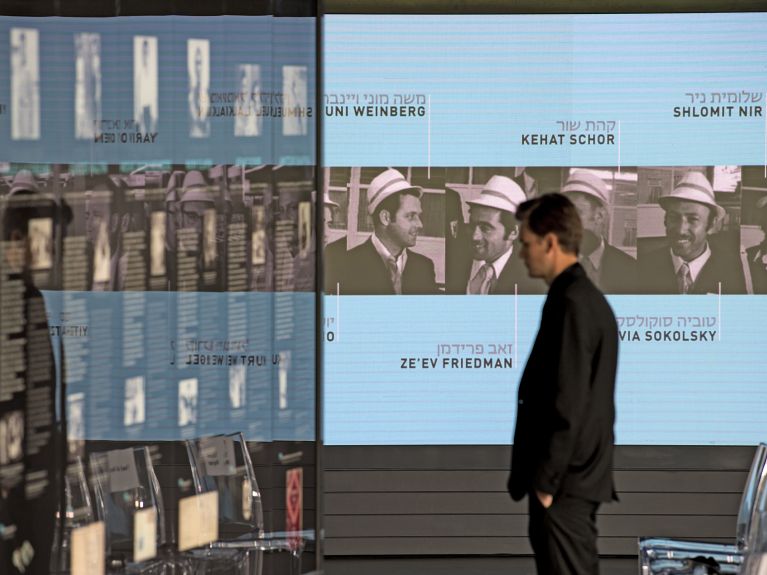
Der Erinnerungsort ist jederzeit zugänglich, Tag und Nacht. Gab es keine Sicherheitsbedenken?
Darüber haben wir nachgedacht. Die Bildschirme sind alle hinter Sicherheitsglas, aber vor Vandalismus ist man nie gefeit. Das darf aber nicht die Konsequenz haben, dass solche Dinge nicht mehr öffentlich gezeigt werden dürfen.
War diese Arbeit für Sie etwas Besonderes?
Jedes Projekt hat seine eigene Seele, aber diese Aufgabe hatte schon eine besondere Mehrschichtigkeit. Nicht nur wegen der persönlichen Erinnerung, die mich mit dem Ereignis verbindet. Auch aufgrund der geschichtlichen Dimension und ihrer Aktualität – das Attentat war die Stunde Null des internationalen Terrorismus. Es war für uns alle eine einmalige Erfahrung, so etwas mit Zeitzeugen realisieren zu können.
Was wünschen Sie sich für den Erinnerungsort?
Die Präsenz des authentischen Ortes ist spürbar. Passanten stehen 45 Jahre später dort, wo sich alles abgespielt hat. Auf den Bildern sehen sie dieselbe Landschaft, nur dass alles neuer aussieht und die Bäume noch viel kleiner sind. Da kommt man der Erinnerung nicht aus! Wenn die Menschen diese Eindrücke an sich rankommen lassen, sich von dem berühren lassen, was wir zeigen, dann haben wir viel erreicht.
Interview: Gunda Achterhold
More information about the place of remembrance and the historical background.
